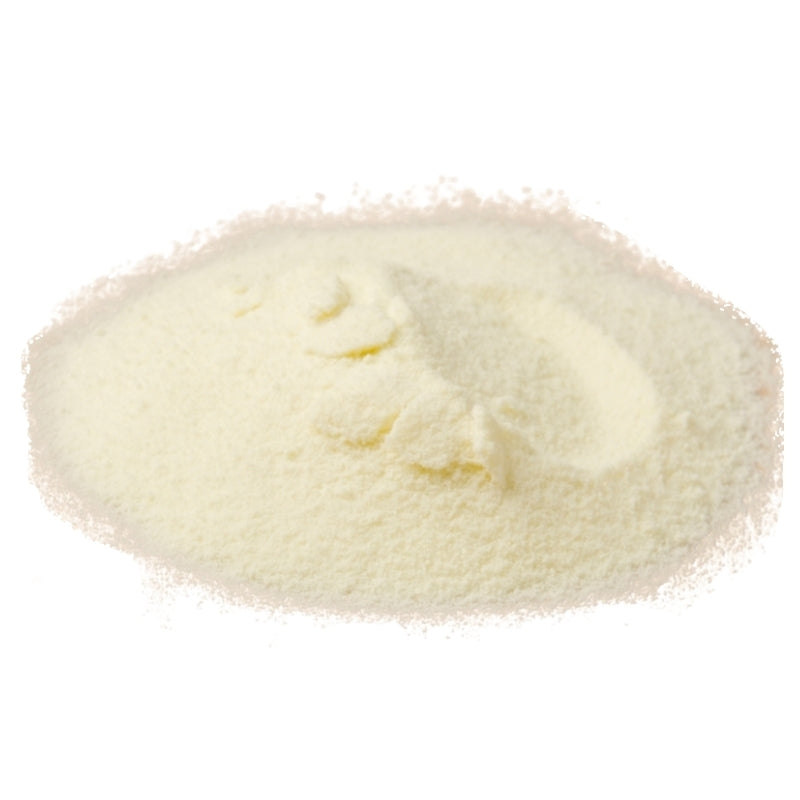
Advanced DIY Buttermilk, Honey & Oatmeal Soap
Juliette van der MeerThis is a slightly more advanced soap recipe due to the inclusion of buttermilk and honey powder. These two ingredients are lovely to use in soap but are a little trickier to work with than most other soap additives such as clays or colour powders. If you are a first time soap maker I would suggest rather trying out one of our other soap recipes as they are more beginner friendly!
Why are we adding these ingredients?
In this batch of soap, we're incorporating a couple of star ingredients.
- Buttermilk contains lactic acid, and is wonderfully gentle and moisturising for skin.
- Honey powder is also fabulous for skin and highly moisturising.
- Oatmeal is gently cleansing and exfoliating.
Buttermilk and honey powder are both moisture loving, and contain lots of natural sugars. Because the lye solution gets very hot it has the potential to actually scorch these sugars. To prevent this from happening we use ice water instead of room temperature water, which keeps the lye reaction from getting too hot.
Quantities to use in soap:
Buttermilk powder: approx 1 tablespoon per ½ cup water
Honey powder: approx 1 teaspoon per 500g oils
Usually I would have used my favourite shea butter and coconut oil soap recipe, but I actually only had a little coconut oil left so I had to make a different plan. But that's the beauty of soap, you can pretty much chuck any oils in there and it will still work, with slightly differing end results. Here is what I decided to use:






















